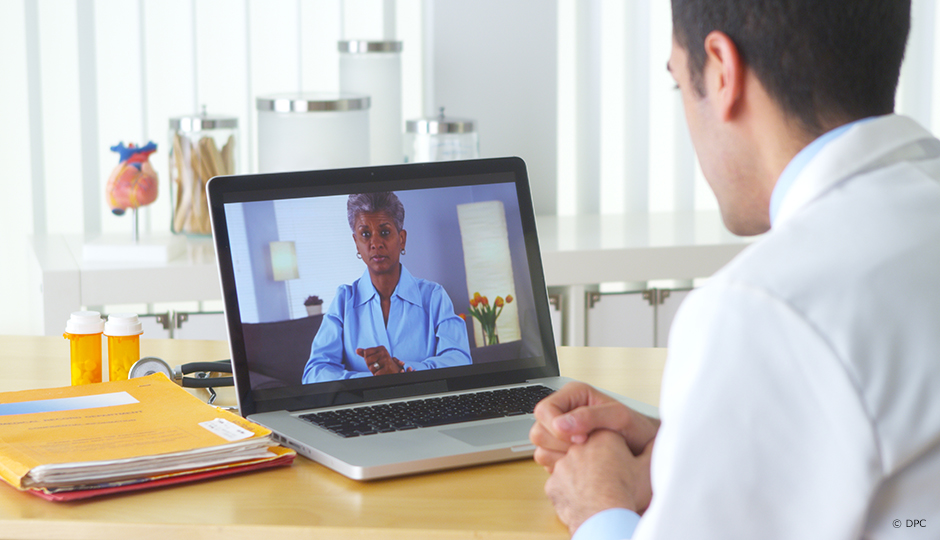Communication problems are one of the most common consequences of a stroke.
Patients often require speech therapy to help them recover this ability, or must develop new methods to communicate, such as hand gestures.
With software and a webcam, patients and clinicians perform simple exercises.
Researchers Joël Macoir and Michel Tousignant, from Université Laval and Université de Sherbrooke respectively, are leading a project aimed at enabling patients to receive speech therapy treatment at home through the use of teletreatment. Their goal is twofold: to measure the effectiveness of this kind of approach and to evaluate its cost-benefit ratio.
"The evolution of communication technology has greatly increased opportunities for helping patients at a distance using technologies that many of them already have at home, such as a computer or a tablet", explain the researchers. With software and a webcam, patients and clinicians perform simple exercises using images representing words, pictures or gestures to communicate precise information.
In addition to trouble communicating, many patients who have suffered a stroke have motor problems. For them, no longer being required to travel to attend their rehabilitation sessions greatly facilitates their language recovery. The use of speech therapy teletreatment also makes these rehabilitation services accessible to people living in remote areas. It is a very simple method that patients and clinicians are able to use after a brief training period.
The effectiveness of the teletreatment approach lies in the ability to customize the exercises and concentrate on the communication channels that offer the greatest potential for improvement. At this stage of the project, the researchers have observed a gradual improvement in the patients' ability to transmit information by different channels (speech, gestures, etc.), in terms of both quality and speed.




